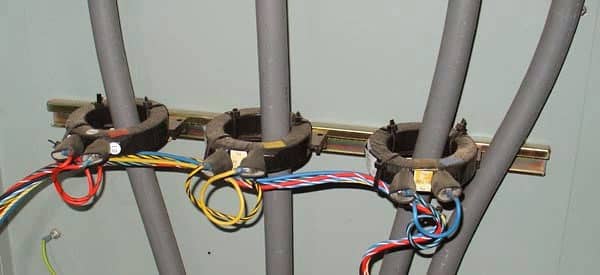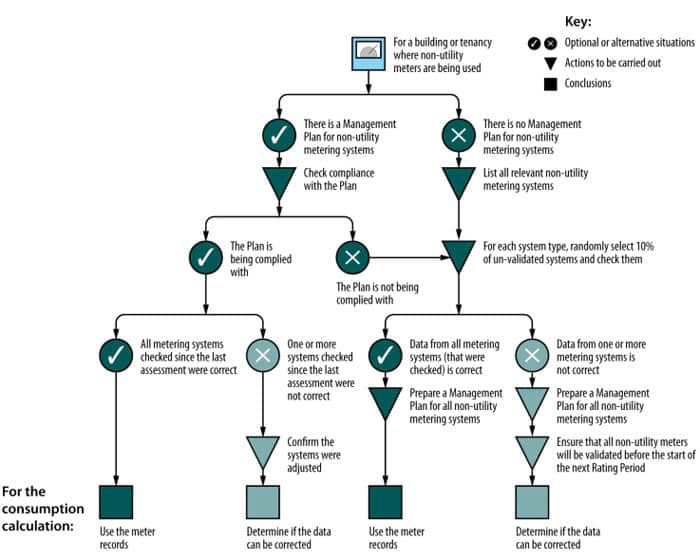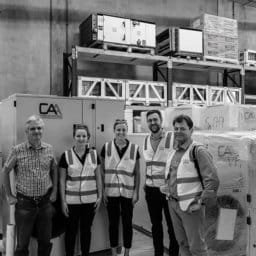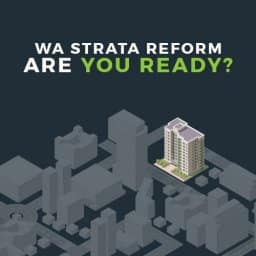NABERS rules require the validation of electricity meters

Figure 1 – Current transformers used as part of metering equipment (Source: Wikipedia)
Are your Electricity Meters Validated?
Non-utility electricity meters vary widely in their accuracy, and additional issues can arise where meters include a current transformer (CT) or are read using a Remote Meter Reading System (RMRS). So that these issues do not impact the integrity of data used to determine NABERS ratings, the NABERS rules require these meters to be validated.
The questions below can help you determine whether any electricity meters at your site need to be validated under the NABERS rules:
Is the meter manually read or is a remote meter reading system (RMRS) used to record the data?
Remote meter reading systems provide convenience, accessibility, and are the main component in an automated data collection and presentation system. They generally utilise a communication network (hardwired or wireless) to collect data and store it either onsite within the site’s Building Management System (BMS) or a remote data platform.
Data capture errors can be commonly encountered with RMRS. These mainly relate to a loss of communications causing gaps in meter readings or missing data sets. Other issues can be linked to the initial system setup such as incorrect labelling. The NABERS rules stipulate that if a NABERS rating uses data from an RMRS, the data must be validated. This involves taking at least two separate readings from the relevant non-utility meters themselves and checking that they align with the corresponding results from the RMRS.
Direct connect electricity meters that are manually read using the display on the meter itself are exempt do not need to be validated.
Direct connect electricity meters that are manually read using the display on the meter itself are exempt do not need to be validated.
Is it a direct connect meter or does it use current transformers (CT)?
A direct connect meter, otherwise known as a whole current meter, is appropriately named as it measures the whole current which flows directly through the meter.
As stated above, direct connect meters that are manually read are exempt from requiring meter validations.
CT meters are typically used for larger loads as the meter does not have to be rated for the full load current. They may also be used in locations where physical limitations mean it’s difficult to install a direct connect meter.
To reduce the current flow through the meter itself the CTs provide the meter with a fraction of the actual current in the circuit. This fraction is constant for each meter and depends on the CT configuration.
For example, a meter may be set up so that a current of 300 A in the primary circuit results in 5A flowing through the meter.
In this case, the CT ratio is 300:5 and the multiplier (also known as k-factor) is 60 as all readings from the meter will need to be multiplied by 60 to determine the actual current in the primary circuit.
Modern meters may have this factor programmed into them so the actual consumption can be read directly from the meter.
Due to the added complexity of CT meters errors can appear because of issues with setup and installation; therefore the NABERS rules require that CT meters be validated, this involves checking the meter for wiring problems and making sure the correct k factor has been applied to meter readings.
Do you need Assistance with an Electricity Meter Accuracy Test or an Electricity meter-validation? – Talk to our team of experts today
Meter Validation Plan
The NABERS Rules state that where a NABERS Rating uses readings from non-utility metering systems requiring validation the landlord or tenant must implement and maintain a Non-Utility Meter Validation Management Plan (NUMVP). A basic NUMVP will involve:
- Listing and categorising all meters by type (e.g. pulse water meter, CT electrical, gas meter)
- Validating at least 10% of each meter type (using random sample method) within the first year of starting NABERS ratings at the site.
- Validating all other relevant meters within three years of starting NABERS Ratings at the site.
- Repeating the validation process every ten years.
- If any meters are found to require correction during steps 2 & 3 all meters requiring validation must be revalidated before the start of the next rating period

Figure 2 – Meter Validation Process (Source: NABERS Rules for Offices V3.0)














